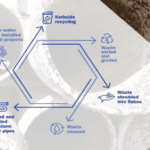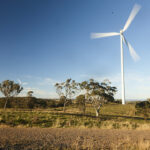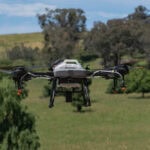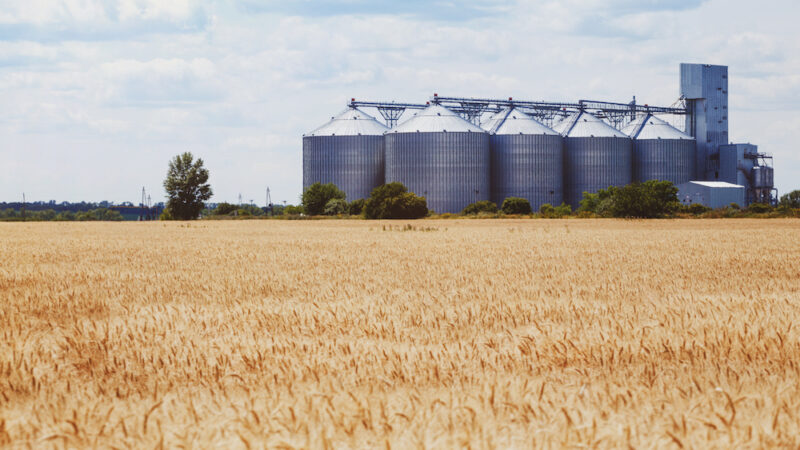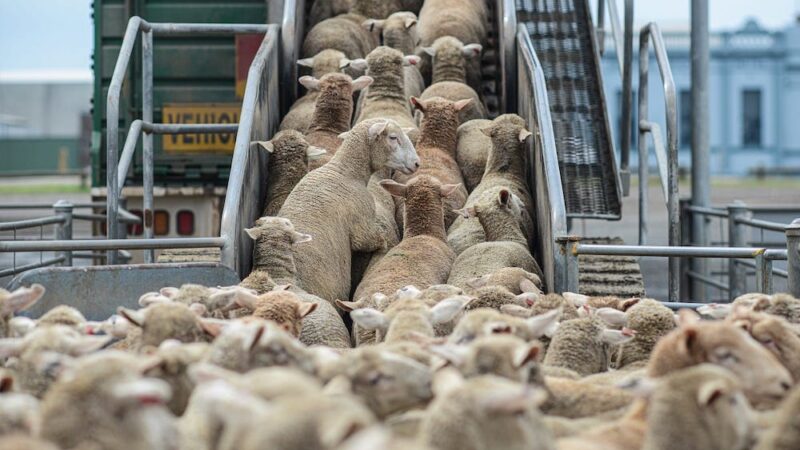The renewable energy hub project by Innovating Energy is possible due to grant assistance under…
The case for and against nuclear energy in Australia
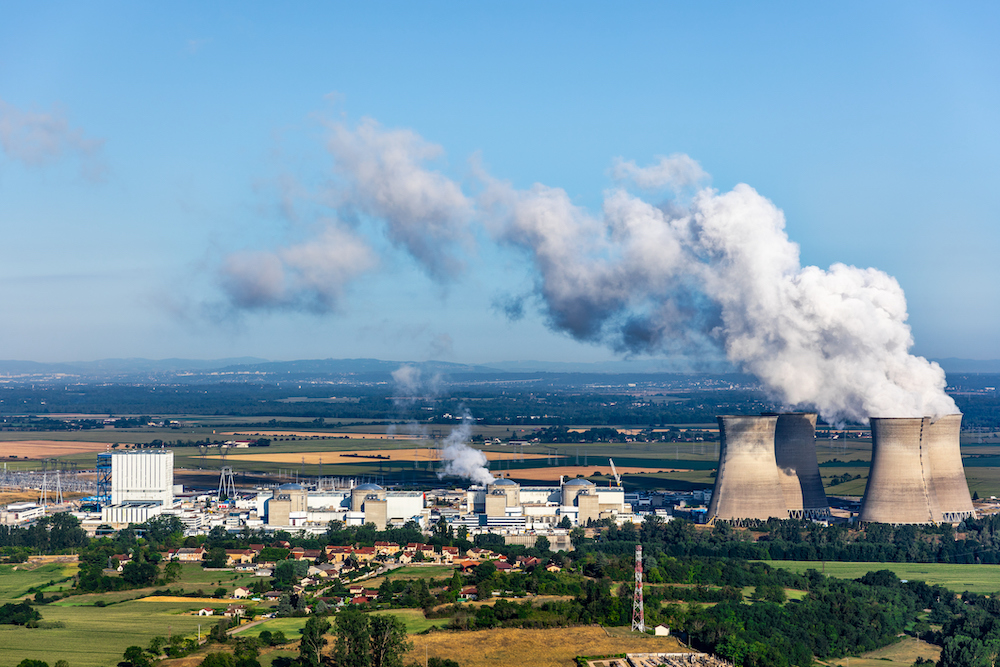
The odds are stacked against nuclear power becoming part of the energy mix in Australia anytime soon. Australia’s inherent anti-nuclear sentiment is a hard one to shake and the Federal Government strongly supports keeping a ban on nuclear power generation. Is Australia missing out on this key solution to reaching net zero emission targets?
John Kelly is not a nuclear scientist. He is third generation cropping and livestock farmer from Wongarbon (close to Dubbo) who is passionate about protecting land for food and fibre production.
Like most farmers, John is pretty good at maths and believes the numbers stack up for nuclear power to be a viable ingredient in Australia’s energy mix.
“Nuclear power stations have a working life of over 60 years and can use up to 97 per cent of input uranium. Four hundred and forty-two nuclear power stations have been built in 31 countries around the world but none in Australia,” John says.
“I think some of the billions of dollars of taxpayers money that has been spent on renewable energy projects should have been used to build a few small modular nuclear reactors.”
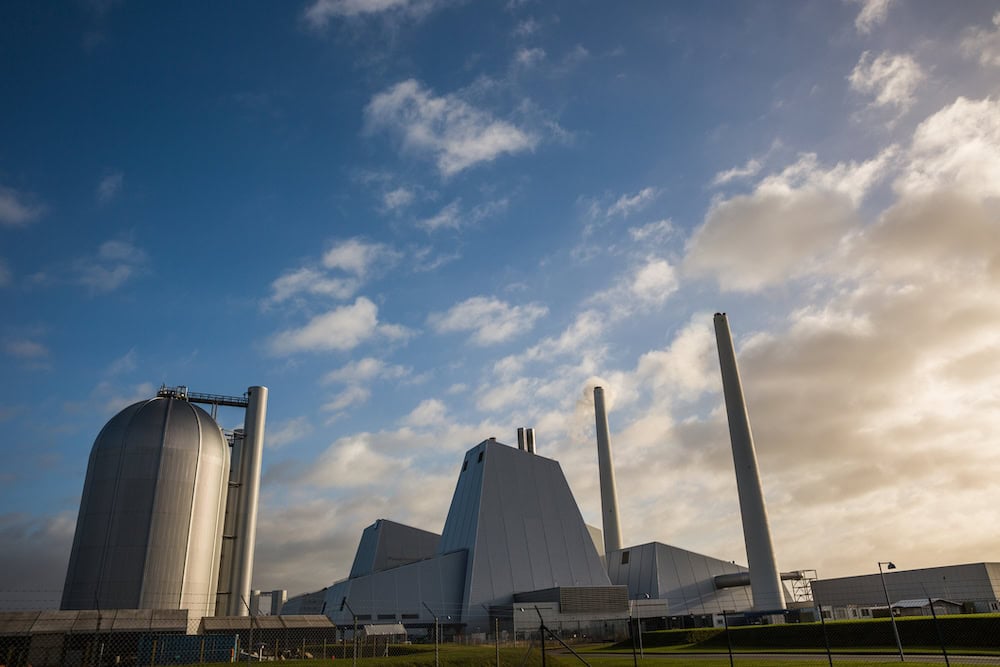
Small modular reactors or SMRs produce less than 300 MWe, in comparison to larger plants that can produce more than 700 MWe.
John began researching nuclear energy as an alternative to proposed large-scale solar projects on farming land in the Central West Renewable Energy Zone (REZ).
He put forward a policy motion to the 2023 NSW Farmers Annual Conference calling for the overturning of a ban on nuclear power generation in Australia. The motion was supported by John’s local NSW Farmers Dubbo branch and passed by conference delegates as policy.
Prominent Coalition members have expressed the same view, and the Minerals Council of Australia (MCA) says Australia’s march towards net zero is being restrained by a failure to see nuclear energy as a key solution to reducing emissions.
“If nuclear power is good for Canada, France, the US, South Korea, Sweden, Belgium, and Japan, then why isn’t it good enough for Australia?” says MCA CEO Tania Constable.
A global political divide
Canada, France and South Korea are forging ahead with upgrading and constructing new nuclear reactors, but there are many nations that share the current Australian government’s opposition to nuclear power.
The political divide on nuclear energy is evident in the European Union. Germany stopped producing electricity from nuclear power plants in April last year and Italy, Belgium, Denmark, Portugal, Austria and Switzerland have pledged to be nuclear energy-free. Britain, France, Poland, Finland, the Czech Republic, Slovakia and Hungary want to keep nuclear power in their energy mix and plan to build new reactors.
In Australia, The Australian Radiation Protection and Nuclear Safety Act 1998 and the Environment Protection and Biodiversity Conservation Act 1999 both prohibit nuclear power generation. Similar prohibitions exist under the laws of every state and territory.
Our long-held anti-nuclear sentiment remains strong and is backed by Federal Energy Minister Chris Bowen, who has firmly ruled out any moves to adopt nuclear energy in Australia.
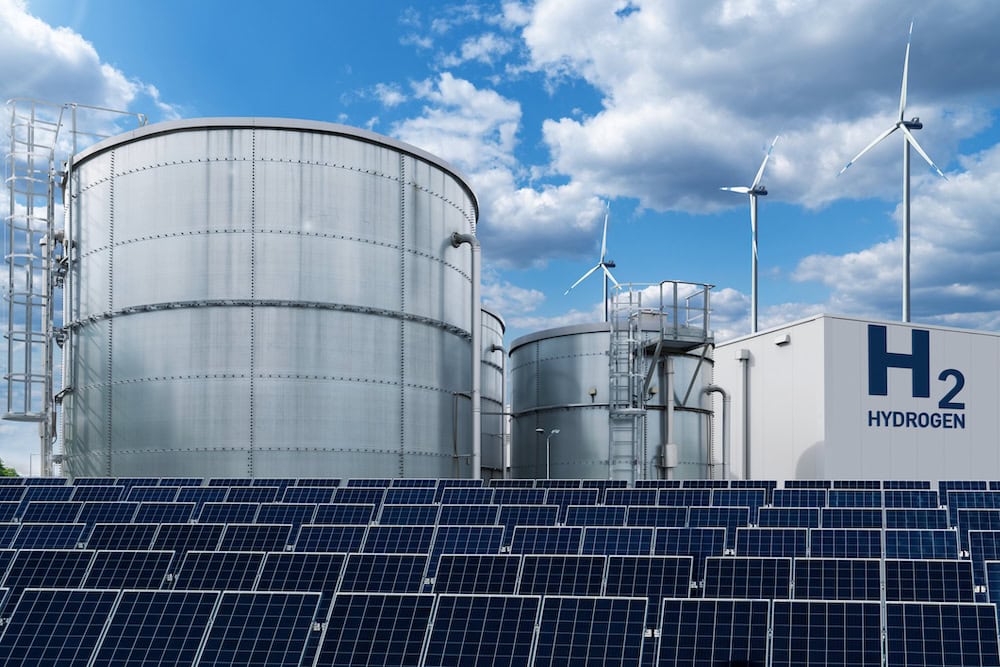
The case against nuclear energy
Cost, development time and waste management are the key practical barriers to nuclear power ever becoming part of Australia’s energy mix.
Last year, Minster Bowen put a $387 billion price tag on replacing retiring coal-fired power stations with nuclear reactors, which the Federal Coalition has espoused as the solution to a net zero energy transition.
This figure is based on the CSIRO’s 2023-34 GenCost draft consultation report, which concluded renewables have the lowest cost range of any new-build energy technology, even when considering additional integration costs such as storage and transmission. GenCost is an annual collaboration between the CSIRO and the Australian Energy Market Operator (AEMO).
Nuclear SMRs emerged as the highest-cost technology explored in the report. Australia would need more than 70 of them to replace coal-fired power stations at an estimated capital cost of $18,167/kW (in 2030 dollars), compared to large-scale solar at $1,058/kW and onshore wind at $1,989/kW.
“A review of the available evidence makes it clear that nuclear power does not currently provide an economically competitive solution in Australia – or that we have the relevant frameworks in place for its consideration and operation within the timeframe required,” the report concluded.
Chief Executive of the Smart Energy Council, John Grimes, agrees and says SMR technology promoted by nuclear power advocates has no proven commercial viability.
“There is no evidence of their safe and consistent operation, or viability. In November, the only SMR development in the US was terminated,” Mr Grimes said.
“There are no SMRs in operation outside of Russia and China, and none under construction in Europe.
“We need energy, decarbonisation and cost-of-living solutions this decade. As former Chief Scientist Dr Alan Finkel has noted, it is hard to imagine first operation of small modular reactor (SMR) technology before 2040.
“Nuclear power is prohibited in Australia and to overturn these bans and establish the new regulatory and compliance regime would take years and would only be the start of the process of developing a nuclear industry.”
Mr Grimes said sites for reactors would need to be identified with rigorous approval processes and securing a social licence in Australia would be difficult.
“All of this means nuclear would not be ready to deploy in a climate-necessary timeframe in Australia.
“Therefore, we must continue to deploy the commercially viable and proven zero-emissions technologies of firmed solar and wind power as rapidly as possible.
“Australia enjoys the global advantage of superabundant solar and wind resources, and unlike some economies where nuclear energy is established, Australia also has available landmass for renewables infrastructure and the opportunity to share the benefits with communities.”
The treatment of nuclear waste is also problematic. Identification of sites for consolidated disposal of Australia’s radioactive waste from medical and other uses has been difficult in the past due to environmental and cultural heritage concerns.
Environmental, community and farming groups have also raised an issue close to the hearts of many Australians – water scarcity. Nuclear power plants require significant volumes of water from uranium mining and processing, through to reactor cooling.
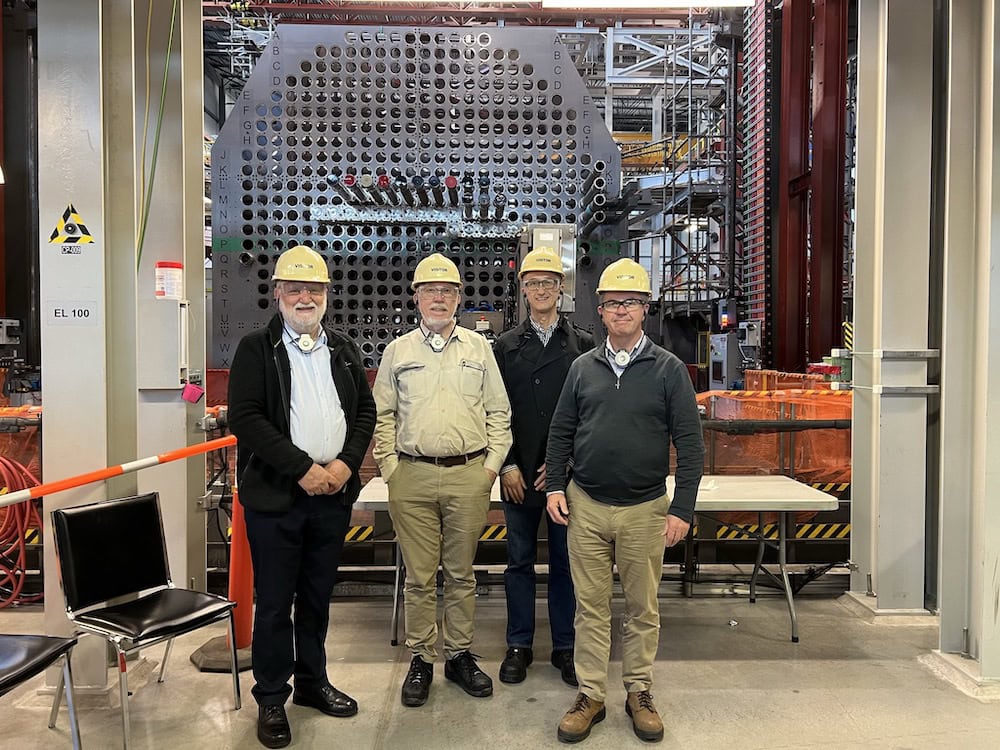
The case for nuclear energy
Ultra-low emission credentials are the biggest tick for nuclear energy.
Nuclear fuels like uranium are not a renewable energy source, but only miniscule amounts are needed to generate the same electricity that a coal or gas power plant would. Just one kilogram of uranium will produce the same energy as 2.7 million kilograms of coal.
According to the Canadian Nuclear Association, nuclear energy helps avoid 80 million tonnes of CO2 emissions per year in Canada. About 15 per cent of Canada’s electricity comes from nuclear power, with 19 reactors providing 13.6 GWe of power capacity.
“Nuclear is the fastest way to decarbonise and it is in for the long term,” says Robert Parker from Nuclear for Climate Australia.
Mr Parker is a construction and design civil engineer who a became a nuclear convert in 2007 while studying climate change science. He completed a master’s degree in Nuclear Science at the Australian National University and now spearheads Nuclear for Climate Australia.
The lobby group has taken delegations to France and South Korea where nuclear power is king, but Mr Parker is most excited about a SMR project in Ontario, Canada.
“Ontario Power Generation are probably one of the world’s most knowledgeable nuclear operators, they have 50 years of experience in safely operating nuclear facilities.
“They were building one SMR using the BWRX 300MW plant from General Electric when we were there in August 2022, and have subsequently decided to build four.”
Mr Parker said factory-built SMRs are not like vast and expensive first-generation nuclear power plants with infamous names like Three Mile Island, Chernobyl or Fukushima.
“When it comes to grid scale for the general consumer to use, you need SMRs that are 300MW in size. SMRs are cut down versions of existing large nuclear plants that provide a simpler and safer way to make the technology work and only require 2.7 hectares of land.
“Comments about small modular reactors not yet being available is irrelevant. We have the reactors available now that can decarbonise our grid at a known cost.”
Mr Parker estimates it would cost around $2.5 billion to construct an SMR in Australia.
He said larger reactors like those being built in South Korea could replace retiring coal-powered stations in the Hunter Valley and the La Trobe Valley region in Victoria, while Wagga Wagga could be home to an SMR.
“Wagga Wagga is sitting on the national grid and has a reliable water source from the Murrumbidgee.”
Mr Parker does agree set up costs for wind and solar projects are cheaper, but believes figures in the GenCost report do not represent a full system analysis of the grid.
“Wind and solar plants do produce electricity cheaper than nuclear, but it becomes more expensive when you integrate it into the grid.
“The large cost issues for wind and solar are that they need large amounts and storage and long transmission lines which must be oversized to cope with peak outputs.
“The short life span of wind, solar and batteries compared to 60 years for nuclear power is also a key cost driver.”
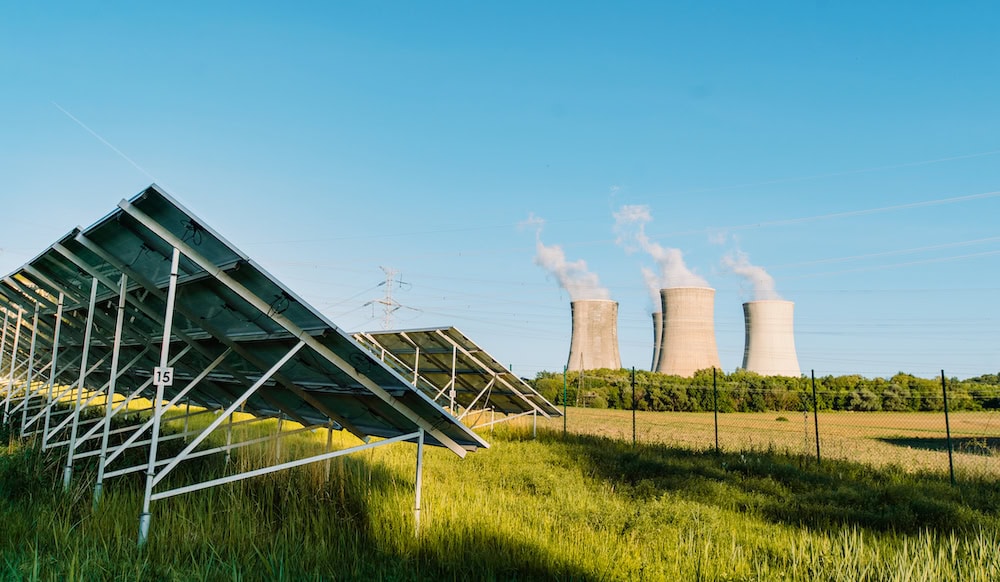
Nuclear for Climate Australia supports an energy model that has 17 per cent of electricity coming from solar, 10 per cent from wind, 69 per cent from nuclear and 4 per cent from hydro.
“Results from our modelling show that a system that includes nuclear energy in the mix will provide consumers with electricity at a cost nearly half that of a system totally dependent on wind and solar.”
Mr Parker said concerns about nuclear power’s high-water demands are valid, but new hybrid cooling technology in SMRs is cutting water use by up to 80 per cent.
“A 300MW SMR with hybrid cooling would use 68 litres per second or about 2 million cubic metres of water per year. This does require some additional energy from the plant to keep the cooling system going, resulting in an about 8 per cent loss.
“There is also the opportunity to use recycled water. One of the largest reactors in the US in the Arizona desert, for example, uses recycled sewage water from Las Vegas.”
In relation to waste management, Mr Parker said deep geological repositories have proven to be a safe measure.
“A small nuclear plant will have about 8 tonnes of used nuclear fuel a year. This waste is very dense, and it is radioactive for 400 or 500 hundred years. Finland has elected to put it about 500 metres underground in deep granite. This type of system has had a ruler over it many times and experts agree it’s a sensible and safe method.
“However, 97 per cent of the energy is still sitting in that uranium. So, countries like China, Russia and Japan are looking to use fast neutron reactors that will burn up that energy and you are left with much less waste. Companies such as Bill Gates’ TerraPower are investing in this technology.”
If you enjoyed this piece on nuclear energy, you might like to read about this piece about renewable diesel.


